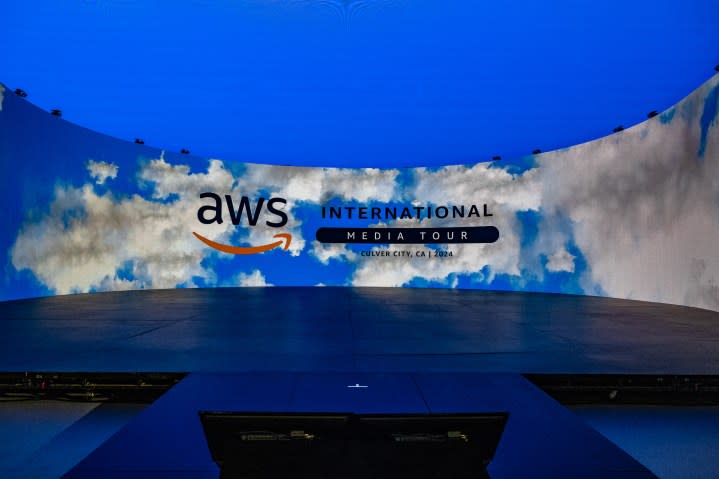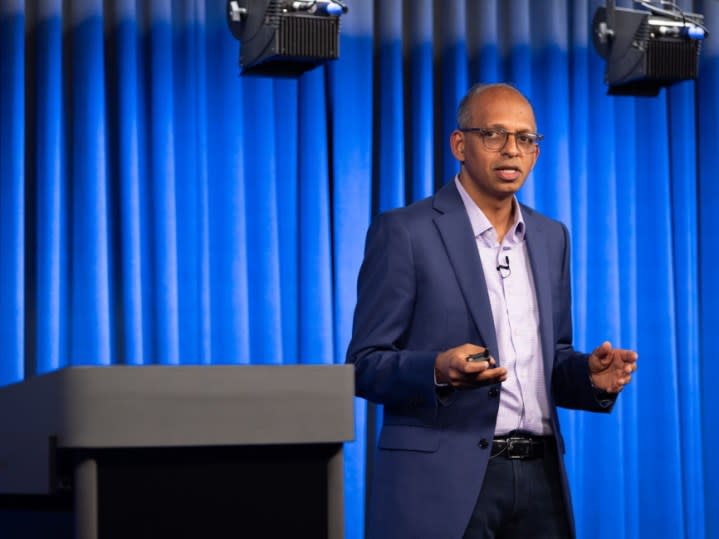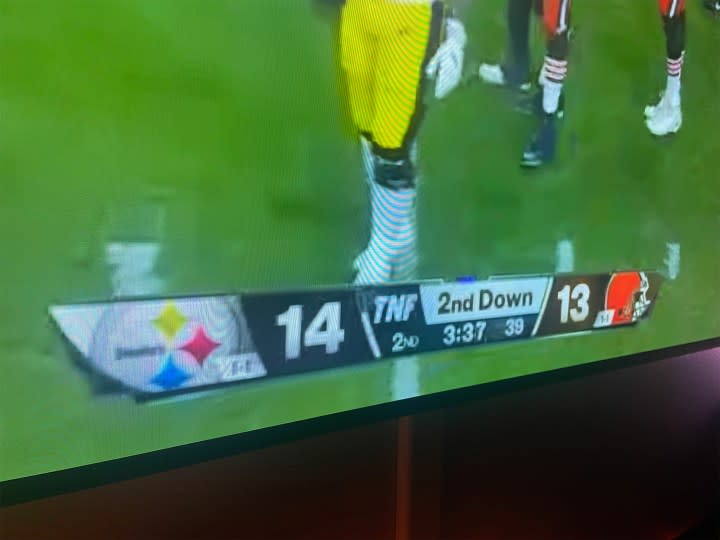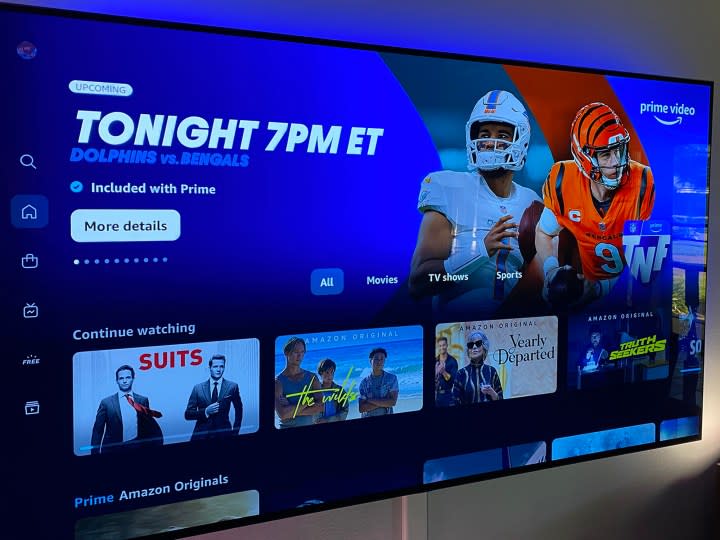The 10-second rule: How Amazon Prime Video tries to keep live sports as live as possible

Live sports are more important than ever. And not just for the usual suspects like ESPN and the legacy networks. The inclusion of streaming services has led to increased fragmentation for some leagues, more headaches for those just trying to watch a game — and even higher stakes for the companies that have every eyeball on them once the proverbial (and literal) clock starts ticking.
Amazon Prime Video is preparing for its third season as the exclusive home of Thursday Night Football (the first game is Buffalo-Miami on September 12) after having previously streamed games as part of a partnership with NFL Network and Fox. The first year was bumpy, to say the least, with streamers across the country struggling with low bitrates — if they were able to view the stream at all. Things mostly leveled out by the back half of the season. And while hiccups do occasionally happen (to all streaming services, really), the second year of exclusivity was much more smooth.
All of that was on my mind as I sat down with Amazon Prime Video’s BA Winston, VP of technology for the service, on June 21 at Amazon’s International Media Tour for Amazon Web Services at Amazon MGM Studios in Culver City, California. (We were there on Amazon’s dime.) Winston is basically in charge of anything and everything that gets the video feed itself, from the camera onto whatever device you’re using — or “glass to glass,” as he called it.
That’s no small feat for on-demand, and it’s much harder for live events. And when Prime Video struggled in that opening season of Thursday Night Football, it was impossible for end users to know from where, exactly, the problem stemmed. Not that it mattered — we just wanted to watch football.
“As you rightly said,” Winston noted in opening, “it’s a very complex and very fragmented and distributed ecosystem. But from our perspective, we want to ensure our customers get a good experience no matter where the problems might be. So that’s why we obsess over every part of our pipeline.”

A complex pipeline
We heard a lot about pipelines in the afternoon’s briefings with various Amazon VPs. There are compression pipelines. There are transmission and delivery pipelines. And a big part of that latter bit are the internet service providers — the ISPs that we all pay to get connectivity at home and on the go. Amazon (and the other companies that serve up huge amounts of data required for video) doesn’t just fire up a live NFL broadcast, or a new season of The Boys, and hope that the various ISPs of the world can handle it.
Winston noted that there are a couple thousand ISPs in the U.S. alone, from the names you know to much smaller vendors you’ve never heard of.
“We obviously don’t control everything,” Winston said. “And sometimes when content is flowing through during peak times, when we have such high volumes, there could be last-mile issues that either customers face, just connectivity to their ISP, or it could be in the neighborhood, or could be a certain region within an ISP. So that’s an iterative process. But our focus is to ensure that we are still scaled up and deliver a good experience.”
Amazon might not have control once the data leaves its hands — and let’s not understate the reach of AWS’ hands — but it’s not like it can’t work with the ISPs. That’s a key part of the process.
“We can influence, and we can optimize two things,” Winston said. “One: We forecast and try to figure out for those in football on a Thursday evening, how much bandwidth consumption is probably needed in Philadelphia, for Xfinity customers. And we do this across the country.
“And then the second thing is how we connected. We obviously work with content delivery networks. And we need to ensure that we are connecting the right places where they have enough pipe going into the network. So we can control that because we do some of the routing.”

Lowest latency in the West
There’s also the issue of latency. That is, the amount of time between, say, a touchdown actually happening on the field, and when you see it on your screen. Less is always better, of course, especially in the age of social media and push notifications. Nobody wants to realize that the live event they’re watching isn’t quite live, in a real-time sense. Like everything else when it comes to streaming video, it’s complicated. There’s not one single thing that makes it work. There are a million.
Some of it is harder than others.
“With on-demand, obviously, the content is produced ahead of time,” Winston said. “So we have enough time to get the content, we can ingest them and code them, we can give more compute and more time to compress the bits and test it and everything. With live — whether it is linear FAST channels or live sports — everything is real-time.”
Latency is something every live provider has to deal with. And we’ve seen YouTube TV implement a user-controlled option that allows for lower latency — less time between what you see and when it actually happened. But Winston mentioned that “glass-to-glass” time being 10 seconds from when a play hits the camera to when it’s on your TV.
So I asked him point-blank: Is Amazon Prime Video the fastest?

“I would say we do have the lowest latency. And I would say that Super Bowl was available on Prime Video through Paramount+. And I believe we had the lowest latency across the board — even faster than broadcasting.”
Latency is just part of the streaming equation.
“It is also synchronized across devices,” Winston said. “And the other thing that was highlighted in the picture is also its fixed latency. So we don’t drift away. There are some streams that can drift away. We are focused on ensuring that it is fixed and is lowest latency.”
Winston’s job obviously involves more details than those of us on the paying side of the equation will ever know. But he also gets the bottom line.
“Ultimately,” he said, “customers — when they hit play on Prime Video — they just want it to work.”

 Yahoo Sports
Yahoo Sports 
